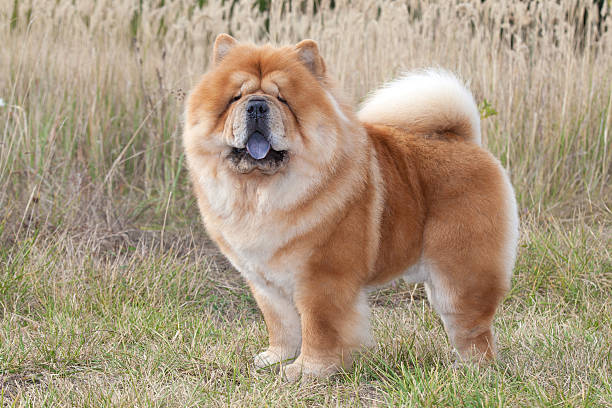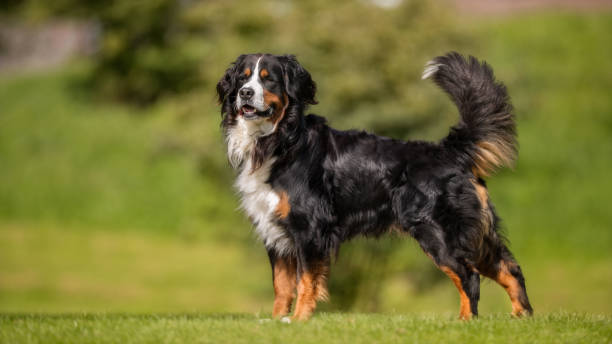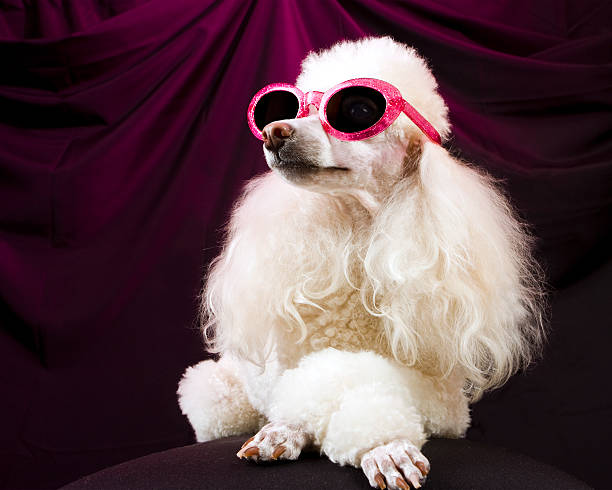When choosing a dog, it’s essential to consider not only the initial purchase price but also the ongoing costs of care. Some breeds, due to their size, health issues, and grooming needs, can be significantly more expensive to maintain than others. In this article, we will explore the most expensive dogs to take care of, providing insights into their specific needs and associated costs. This guide will help you make an informed decision if you’re considering adding one of these breeds to your family.
1. Tibetan Mastiff:

Overview:
The Tibetan Mastiff is a giant breed known for its impressive size and thick coat. Originating from Tibet, these dogs were traditionally used as guard dogs for livestock.
Costs:
- Food: Due to their size, Tibetan Mastiffs require a substantial amount of food, which can significantly add to their upkeep costs.
- Grooming: Their thick double coat requires regular professional grooming to prevent matting and to manage shedding.
- Health: Tibetan Mastiffs are prone to certain health issues such as hip dysplasia and hypothyroidism, which can lead to high veterinary bills.
2. English Bulldog:

Overview:
English Bulldogs are known for their distinctive wrinkled appearance and gentle temperament. However, they come with a host of health issues.
Costs:
- Health: Bulldogs are prone to respiratory problems, hip dysplasia, and skin conditions, necessitating frequent vet visits and potentially expensive treatments.
- Grooming: Their wrinkles require regular cleaning to prevent infections, adding to grooming costs.
3. Samoyed:

Overview:
The Samoyed is a beautiful, friendly breed with a thick, fluffy coat that requires significant maintenance.
Costs:
- Grooming: Their double-layer coat needs regular professional grooming to prevent matting and manage shedding.
- Health: Samoyeds are susceptible to certain genetic health issues, such as hip dysplasia and progressive retinal atrophy, which can result in high medical expenses.
4. Chow Chow:

Overview:
Chow Chows are known for their lion-like mane and independent nature. They are a unique breed that requires specific care.
Costs:
- Grooming: Their thick coat needs frequent grooming to prevent matting and manage shedding.
- Health: Chow Chows are prone to a variety of health problems, including hip dysplasia, entropion, and autoimmune disorders, which can lead to expensive veterinary bills.
5. Rottweiler:

Overview:
Rottweilers are large, powerful dogs known for their loyalty and protective nature. However, their size and predisposition to certain health issues make them expensive to care for.
Costs:
- Food: As a large breed, Rottweilers require a significant amount of food.
- Health: They are prone to health issues such as hip and elbow dysplasia, heart problems, and certain types of cancers, which can result in high medical costs.
6. Great Dane:

Overview:
Great Danes are one of the largest dog breeds, known for their gentle giant demeanor. Their size, however, contributes to their high maintenance costs.
Costs:
- Food: Their large size means they consume a lot of food, which can be costly.
- Health: Great Danes are prone to several health issues, including hip dysplasia, heart disease, and bloat, all of which can be very expensive to treat.
7. Irish Wolfhound:

Overview:
Irish Wolfhounds are known as one of the tallest dog breeds. They have a short lifespan and are prone to several health issues.
Costs:
- Food: Their large size means high food costs.
- Health: Irish Wolfhounds are prone to heart issues, hip dysplasia, and bone cancer, leading to high veterinary expenses.
8. Bernese Mountain Dog:

Overview:
Bernese Mountain Dogs are large, friendly dogs with a thick coat. They are known for their calm and affectionate nature.
Costs:
- Grooming: Their thick coat requires regular grooming.
- Health: They are prone to health issues such as hip dysplasia, elbow dysplasia, and certain cancers, leading to high veterinary bills.
9. French Bulldog:

Overview:
French Bulldogs are small but come with a host of health issues, making them expensive to care for despite their size.
Costs:
- Health: They are prone to respiratory issues, hip dysplasia, and skin conditions, leading to frequent vet visits and high medical costs.
- Grooming: Regular cleaning of their wrinkles is necessary to prevent infections.
10. Cavalier King Charles Spaniel:

Overview:
Cavalier King Charles Spaniels are small, affectionate dogs with a range of genetic health problems.
Costs:
- Health: They are prone to heart issues, hip dysplasia, and syringomyelia, leading to high veterinary bills.
When choosing a dog, it’s important to consider not just the initial purchase price but also the ongoing costs of food, grooming, and veterinary care. The breeds listed above are among the most expensive to take care of, but they also offer unique and rewarding companionship. By understanding the specific needs and potential costs associated with each breed, you can make a more informed decision and ensure you are prepared for the responsibilities of pet ownership.
Taking care of a dog is a rewarding experience, but it’s essential to be aware of the costs involved, especially with breeds that require more attention and resources. With proper planning and care, you can enjoy the companionship of these wonderful dogs while ensuring they live healthy and happy lives.
